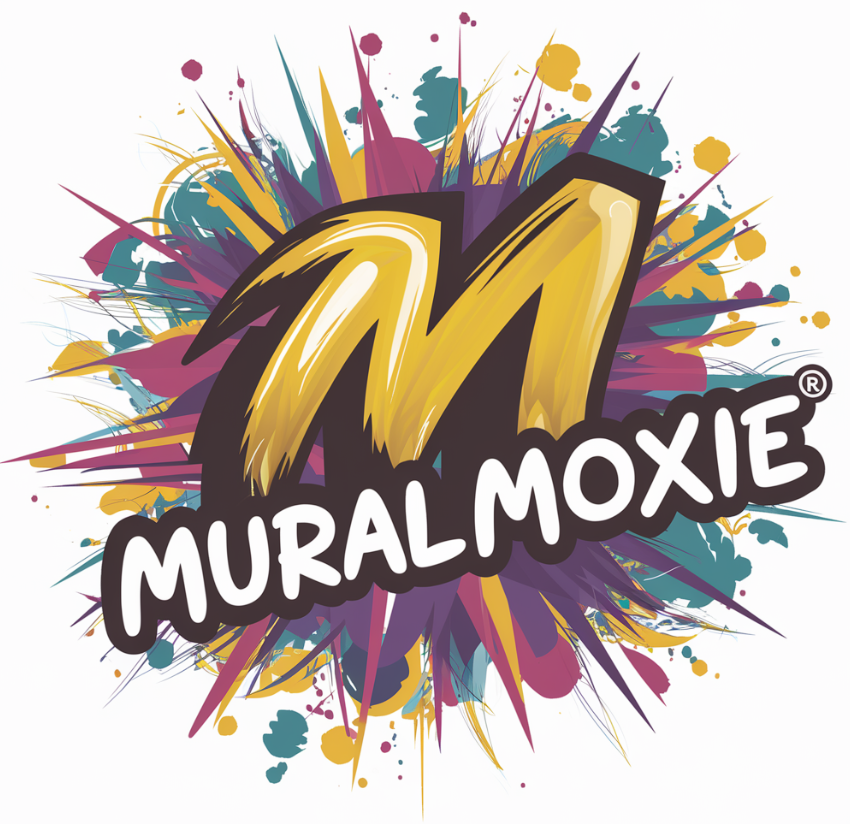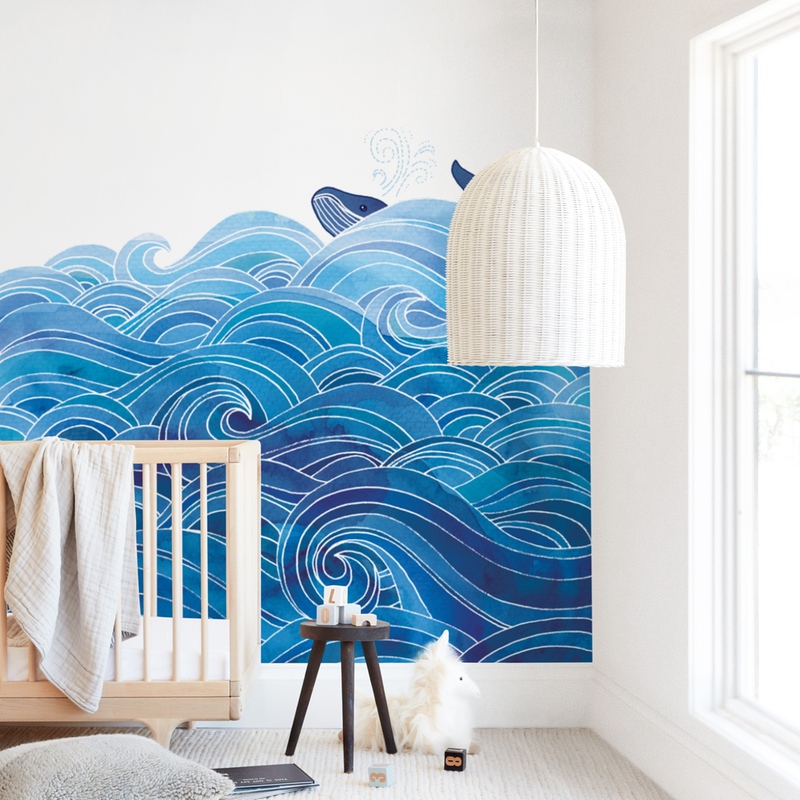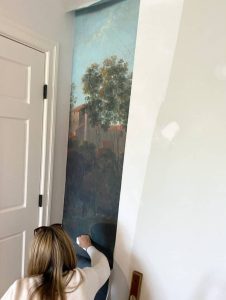Peel and stick wall murals are a popular choice for home decor due to their ease of application and versatility. However, their lifespan can vary significantly based on several factors. Understanding these factors is crucial for anyone looking to invest in these decorative elements. This article aims to explore the key factors that affect the lifespan of peel and stick wall murals and provide tips for maximizing their durability.
II. Quality of the Wallpaper
The quality of the wallpaper is one of the most critical factors affecting its lifespan. Here are some aspects to consider:
-
- Material Types: Peel and stick wall murals come in various materials, including paper-based, vinyl, and synthetic options. Vinyl and synthetic materials tend to be more durable and resistant to wear and tear compared to paper-based options.
- Thickness and Durability: Thicker wallpapers are generally more durable and less prone to tearing. They also provide better coverage and can hide minor wall imperfections.
- Brand Reputation and Quality Assurance: Investing in wallpapers from reputable brands can ensure better quality and longevity. These brands often provide quality assurance and warranties.

III. Surface Preparation
Proper surface preparation is essential for the longevity of peel and stick wall murals. Here are the steps to follow:
- Cleaning the Wall: Ensure the wall is free from dust, grease, and residues. Use a mild detergent and water to clean the surface thoroughly.
- Ensuring a Smooth Surface: Fill any holes or cracks and sand the wall to create a smooth surface. This helps the adhesive to bond better.
- Importance of Priming the Wall: Applying a primer can enhance the adhesive’s effectiveness and prevent the mural from peeling off over time.
IV. Installation Techniques
Correct installation techniques can significantly impact the lifespan of your wall mural. Follow these tips:
- Following Manufacturer’s Instructions: Always adhere to the instructions provided by the manufacturer for the best results.
- Proper Alignment and Smoothing Techniques: Align the mural correctly and use a smoothing tool to eliminate bubbles and wrinkles.
- Avoiding Bubbles and Wrinkles: Take your time during installation to ensure a smooth finish. Bubbles and wrinkles can compromise the adhesive and lead to peeling.
V. Environmental Factors
Environmental conditions play a crucial role in the durability of peel and stick wall murals. Consider the following:
- Temperature Stability: Avoid installing murals in areas with extreme temperatures. Both excessive heat and cold can affect the adhesive’s performance.
- Humidity Control: High humidity can weaken the adhesive, causing the mural to peel. Ensure proper ventilation in humid areas.
- Sunlight Exposure: Prolonged exposure to direct sunlight can cause the colors to fade. Opt for UV-resistant materials to mitigate this issue.
VI. Wall Conditions
The condition of the wall itself can affect the mural’s lifespan. Here are some factors to consider:
- Type of Paint: Walls painted with flat or matte finishes provide a better surface for adhesion compared to glossy finishes.
- Wall Texture: Smooth surfaces are ideal for peel and stick murals. Textured walls can make it difficult for the adhesive to bond properly.
- Age and Condition of the Wall: Older walls may have imperfections that need to be addressed before installation. Ensure the wall is in good condition for the best results.
VII. Maintenance and Care
Proper maintenance and care can extend the life of your wall mural. Follow these guidelines:
- Cleaning Methods: Use a soft cloth and mild soap with water to clean the mural. Avoid using harsh chemicals or abrasive materials.
- Avoiding Harsh Chemicals and Abrasive Materials: These can damage the mural’s surface and weaken the adhesive.
- Regular Inspection and Touch-Ups: Periodically inspect the mural for any signs of peeling or damage. Perform touch-ups as needed to maintain its appearance.
VIII. Repositioning and Removal
Knowing how to reposition and remove the mural without causing damage is essential. Here are some tips:
-
- Techniques for Repositioning: Gently peel ba blog here ck the mural and reposition it as needed. Avoid stretching the material to prevent damage.
- Proper Removal Methods: When removing the mural, peel it off slowly and evenly to avoid damaging the wall. Use a hairdryer to warm the adhesive if needed.
- Reusability of High-Quality Wallpapers: Some high-quality murals can be reused if removed carefully. Store them properly to maintain their adhesive properties.
IX. Additional Protective Measures
Taking extra steps to protect your wall mural can enhance its lifespan. Consider these measures:
-
- Using Acrylic Sealants: Applying an acrylic sealant can provide an additional layer of protection against moisture and wear.
- Applying UV-Protective Films: Use UV-protective films on windows to reduce the impact of sunlight on the mural.
- Ensuring Proper Ventilation: In high-humidity areas, ensure proper ventilation to prevent moisture buildup that can weaken the adhesive.
X. Conclusion
In summary, several factors can affect the lifespan of peel and stick wall murals, including the quality of the wallpaper, surface preparation, installation techniques, environmental conditions, wall conditions, maintenance, repositioning, and additional protective measures. By understanding and addressing these factors, you can maximize the durability and appearance of your wall murals. Follow these best practices to enjoy long-lasting and beautiful wall decor.

Meet Hi there! I’m Jason Noon, a passionate Product Consultant specializing in mural design and customization. Welcome to MuralMoxie, where creativity meets craftsmanship. My journey into the world of murals began over a decade ago. I started as a graphic designer, but my love for large-scale art installations quickly took over.



